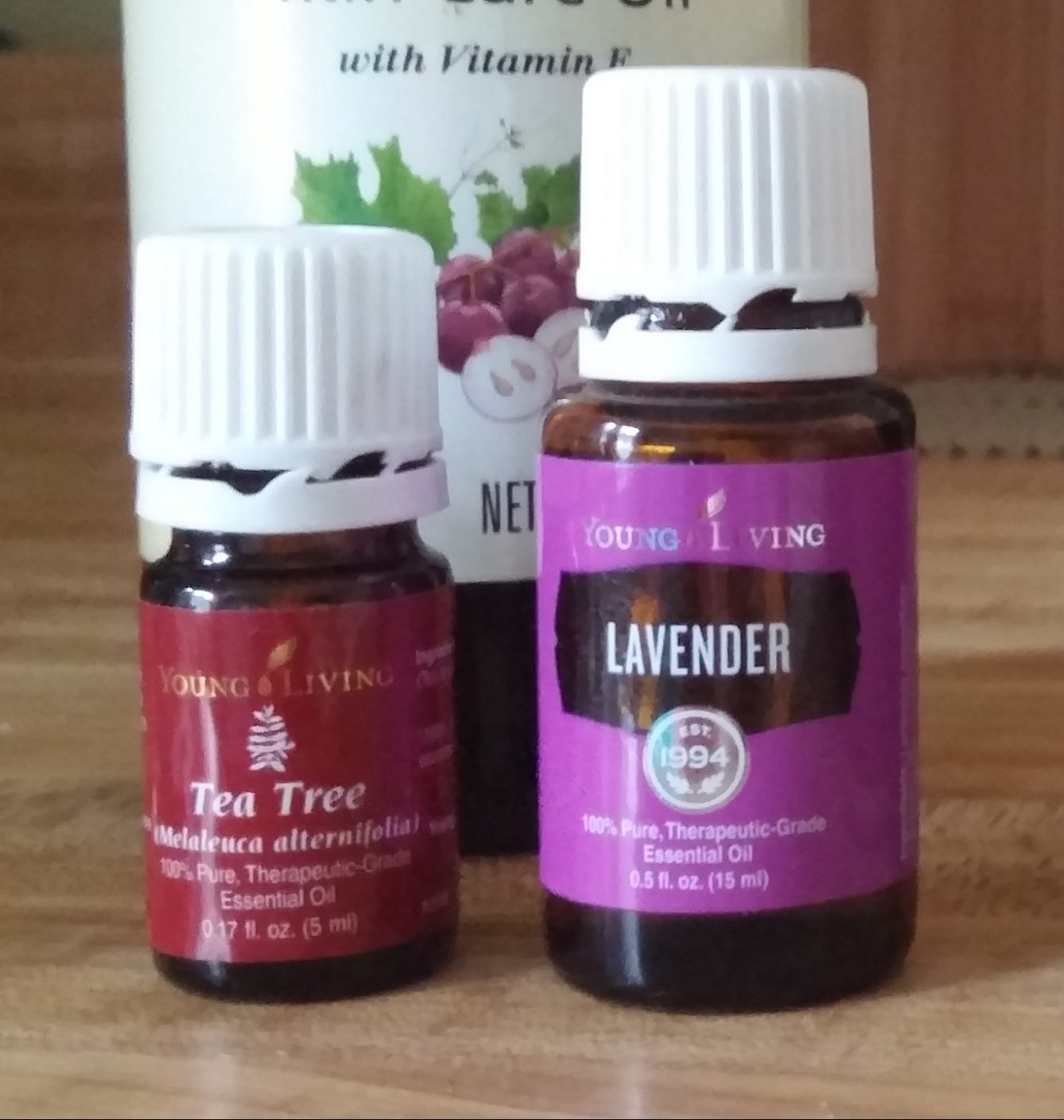I’ve worked in the coffee industry in many forms for over a decade and now work for a coffee roaster. One of my benefits of working at Stone Creek Coffee is that I get free brewed coffee during the day and as much as a free pound of coffee to take home each week. Surprisingly, even after all of the coffee that I drink at the office, we still manage to drink through about a pound of coffee at home each week.
A few years ago I was managing a cafe and started looking into what could be done with all of the coffee grounds that we were dumping in the trash. Many coffee shops will let people take bags home for their gardens, which was something that we would do. But, even with people taking some away, we were still throwing away a lot of used coffee grounds.
So, when the idea of making a coffee face scrub came up in our research for becoming chemical free, I immediately got excited. Now I had something to do with all of the coffee grounds we were tossing in the trash!
Why it works
It may seem counter-intuitive that adding and leaving oil on your skin will make it less oily, but it does work. Your skin gets oily due to your sebum glands producing the oils that get trapped in your pores and cause irritation and blackheads. When you have a well nourished and hydrated skin, your glands stop overproducing this ‘bad’ oil that irritates and clogs your skin and pores.
The coffee plays an integral part as well. Not only does it exfoliate while you are rubbing it on your skin, but coffee also has tons of antioxidants that combine with the bit of caffeine that can be absorbed by the skin to help revitalize the skin cells. Adding the cleansing and moisturizing properties of grapeseed oil and a few drops of lavender, tea tree, and/or oregano – all of which are phenomenal for skin care – only adds more to the list of reasons why you should use this scrub.

The optional essential oils play a role in helping the skin as well. Lavender oil has incredible skin healing and cleansing properties and will help reduce irritation. Tea Tree oil will also help the skin heal and has antimicrobial benefits as well. Both are found in lotions, salves, and ointments for that reason (although some products use synthetic lavender or lavender scent…which is pointless). Other essential oils that are great for the skin can certainly be used here; there are plenty of combinations that would make sense.
And, most importantly, all of this happens without the use of chemicals! That is, of course, if you make sure to use organically produced ingredients here. Many specialty coffee roasters use organically grown coffees, especially those who are concerned with quality beans, but they don’t carry the organic certifications because it is too expensive for the farmers. Ask one of the baristas at your favorite coffee location or search the website of your favorite coffee roaster for details on the way the coffee is grown. Or, start buying from Stone Creek Coffee!

Coffee Scrub
Here’s the formula for the face scrub I use 2-3 times a week:
- 1/2 Cup re-used, but dried organic coffee grounds
- 1/4 Cup organic grapeseed oil for it’s pore cleansing qualities
- 5-10 drops of essential oil (a blend of Lavender and Tea Tree oils)
Simply mix all of these in a sealable jar and store in your bathroom cabinet or next to the shower. About 2-3 times a week I will rub a quarter sized glob on my face, neck, and shoulders after warming up the skin and opening the pores with hot water. Let it sit on the skin for a few minutes and then rinse it off. Don’t wash that area with soap or body wash after scrubbing it! Not only will the coffee exfoliate the skin, but the grapeseed oil and the oils in the coffee will both clean your pores and prevent dirt and bad oils from getting in.

Variations and other Uses
Here are a few variations that are great too:
Coffee and Sugar Scrub
- 1 Cup Tablespoons dry organic coffee grounds, new or ‘spent’
- 1/3 Cup organic brown sugar or honey
- 1/3 Cup natural and organic oil (olive, almond, or coconut will work, but I prefer grapeseed oil for it’s pore cleansing qualities)
While it can wreak havoc on your internal organs, it turns out that sugar is actually pretty good for your skin. Sugar crystals not only help exfoliate the skin, but brown sugar (don’t use bleached white sugar) still contains glycolic acid and alpha-hydroxy acids that will help maintain balanced oil production in the skin. Same as above, store in a sealable jar and apply/rinse 2-3 times or more a week.
Face Mask
- 2 Tablespoons dry organic coffee grounds
- 2 Tablespoons organic cocoa powder
- 3 Tablespoons organic whole milk, heavy cream, or yogurt
- 1 Tablespoon organic honey
Mix all ingredients together and apply a light coat to face and let sit for about 15 minutes. The added antioxidants of the cocoa and honey will help rejuvenate the skin as well as keep it protected. Adding the milk/yogurt not only helps bind it together for the mask, but also moisturizes your skin.
Cinnamon Coffee Body Scrub
- 1/4 Cup organic coconut oil
- 1/4 Cup organic brown sugar
- 1/4 Cup dry organic coffee grounds
- Optional 1 Tablespoon ground cinnamon
Mix by hand (the warmth of your hand will melt the coconut oil just enough to mix) and store in a sealable jar. You can rub this over your entire body for toning and skin tightening – some will say that it removes or lessens cellulite as well! Using coconut oil gives it a more paste-like texture that is easier to spread, and coconut oil is lauded for many skin healthy properties. I hesitate to use coconut oil when rinsing in the shower or sink – it’s solid at room temp and I don’t like the idea of that in my pipes, especially in the cool temps of the upper midwest.
The optional addition of cinnamon brings another layer of antimicrobial properties to the mix, but also promotes blood flow to the skin. Plus, it smells delightful. It can be expensive to use that much real cinnamon (the cheaper cinnamon is most likely low grade cassia and not a higher quality variety), and Nicki is allergic to cinnamon, so we don’t use it.

